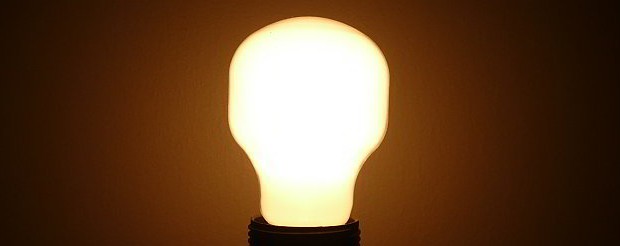Alfredo Moser, in Uberaba, southern Brazil invented a way of using old plastic soda bottles to bring the free sun’s light into dark rooms during the day.
Moser’s invention has been taken up in several countries around the world, where people have no electricity supply, or cannot afford to pay for it.
Here’s the fascinating article that appeared online yesterday, in the BBC News magazine…
Quote:
“Alfredo Moser’s invention is lighting up the world. In 2002, the Brazilian mechanic had a light-bulb moment and came up with a way of illuminating his house during the day without electricity – using nothing more than plastic bottles filled with water and a tiny bit of bleach.
In the last two years his innovation has spread throughout the world. It is expected to be in one million homes by early next year.
So how does it work? Simple refraction of sunlight, explains Moser, as he fills an empty two-litre plastic bottle.
“Add two capfuls of bleach to protect the water so it doesn’t turn green [with algae]. The cleaner the bottle, the better,” he adds.
Wrapping his face in a cloth he makes a hole in a roof tile with a drill. Then, from the bottom upwards, he pushes the bottle into the newly-made hole.
“You fix the bottle in with polyester resin. Even when it rains, the roof never leaks – not one drop.”
The lamps work best with a black cap – a film case can also be used.
“An engineer came and measured the light,” he says. “It depends on how strong the sun is but it’s more or less 40 to 60 watts,” he says.
The inspiration for the “Moser lamp” came to him during one of the country’s frequent electricity blackouts in 2002. “The only places that had energy were the factories – not people’s houses,” he says, talking about the city where he lives, Uberaba, in southern Brazil.
Moser and his friends began to wonder how they would raise the alarm, in case of an emergency, such as a small plane coming down, imagining a situation in which they had no matches.
His boss at the time suggested getting a discarded plastic bottle, filling it with water and using it as a lens to focus the sun’s rays on dry grass. That way one could start a fire, as a signal to rescuers. This idea stuck in Moser’s head – he started playing around, filling up bottles and making circles of refracted light.
Soon he had developed the lamp.
“I didn’t make any design drawings,” he says.
“It’s a divine light. God gave the sun to everyone, and light is for everyone. Whoever wants it saves money. You can’t get an electric shock from it, and it doesn’t cost a penny.”
Following the Moser method, MyShelter started making the lamps in June 2011. They now train people to create and install the bottles, in order to earn a small income.
In the Philippines, where a quarter of the population lives below the poverty line, and electricity is unusually expensive, the idea has really taken off, with Moser lamps now fitted in 140,000 homes.
The idea has also caught on in about 15 other countries, from India and Bangladesh, to Tanzania, Argentina and Fiji.
Diaz says you can find Moser lamps in some remote island communities. “They say, ‘Well, we just saw it from our neighbour and it looked like a good idea.’”
People in poor areas are also able to grow food on small hydroponic farms, using the light provided by the bottle lamps, he says.
Overall, Diaz estimates, one million people will have benefited from the lamps by the start of next year.
“Alfredo Moser has changed the lives of a tremendous number of people, I think forever,” he says.
“Whether or not he gets the Nobel Prize, we want him to know that there are a great number of people who admire what he is doing.”
Did Moser himself imagine that his invention would have such an impact?
“I’d have never imagined it, No,” says Moser, shaking with emotion.
“It gives you goose-bumps to think about it.”
End quote.
Brilliantly simple, like all good ideas, isn’t it?
If you’d like to find out how to make a Moser bottle lamp, there’s info on the South African website, touch the earth lightly and (in English) on the Philippine website, a liter of light
There are so many people in South Africa, and all over Africa, who would benefit from free light during the day, so please spread the word about Alfredo Moser’s plastic bottle lamp.

